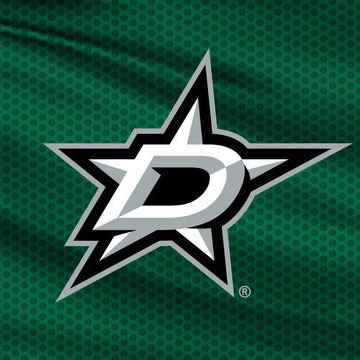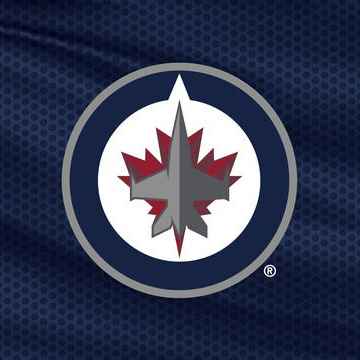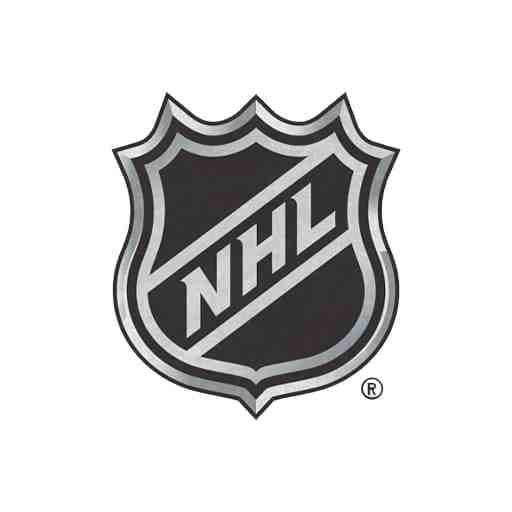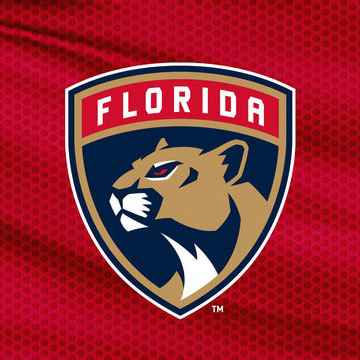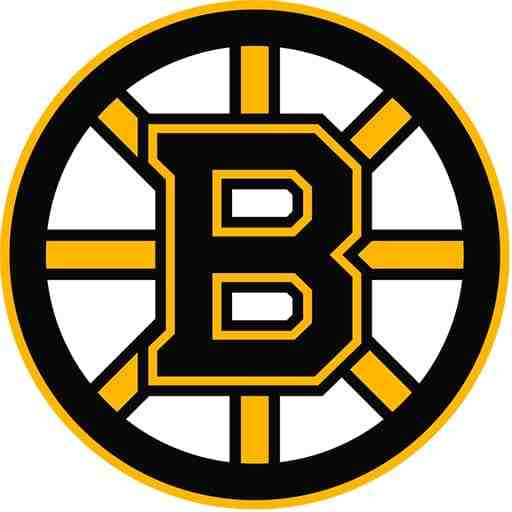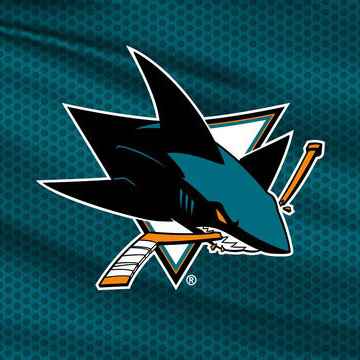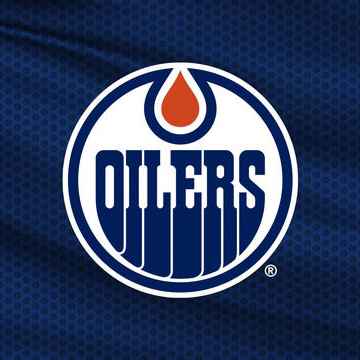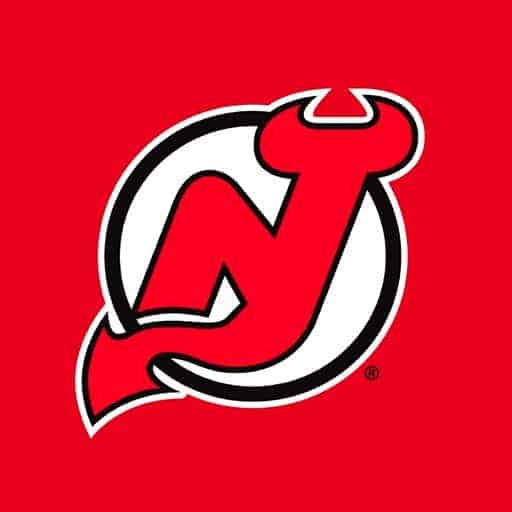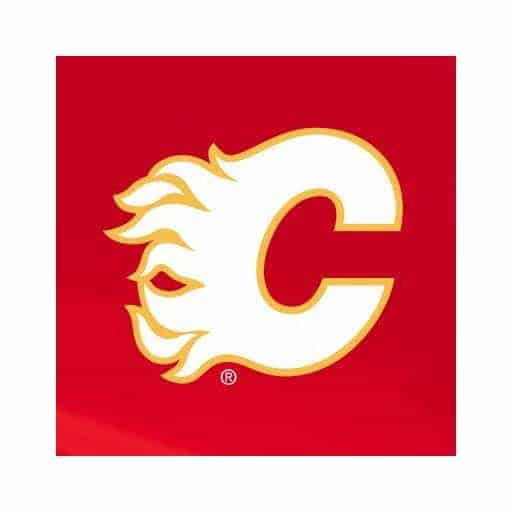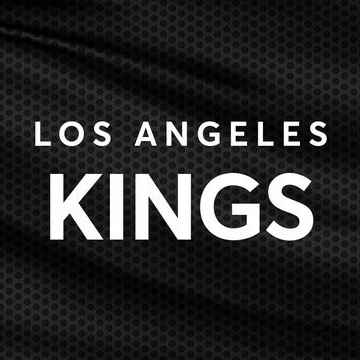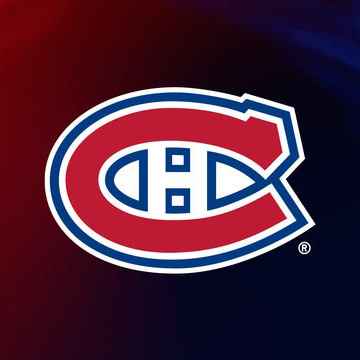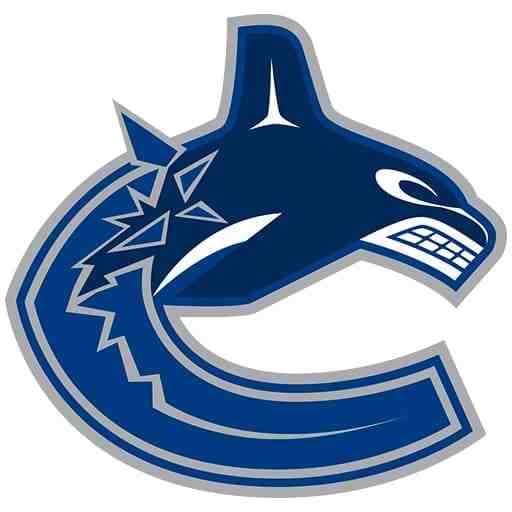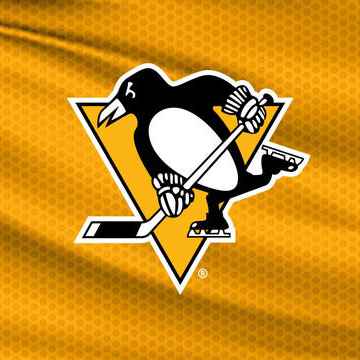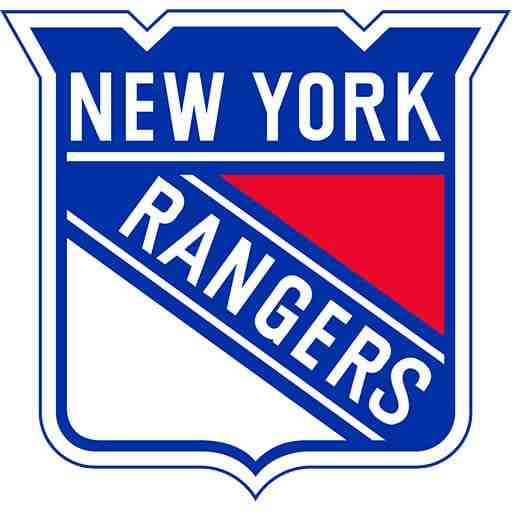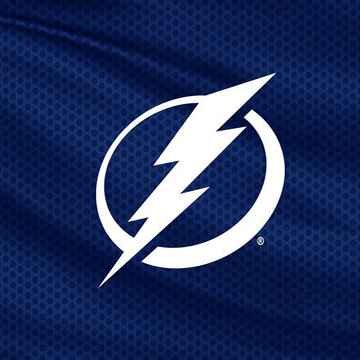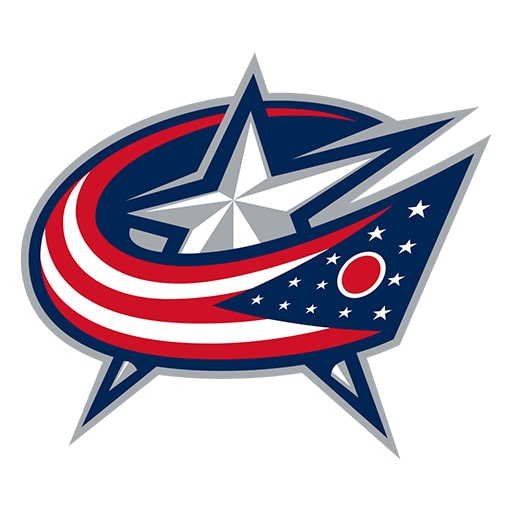- Founding and Expansion
The NHL was founded in Montreal, Quebec, Canada on November 26 1917 replacing the National Hockey Association (NHA) that had recently disbanded. Initially the NHL started with four teams; the Montreal Canadiens, Montreal Wanderers, Ottawa Senators and Toronto Arenas. In the 1920s the league extended its reach to include teams, from the United States. By the 1940s it comprised of what became known as the “Original Six” teams; Montreal Canadiens, Toronto Maple Leafs, Boston Bruins, New York Rangers, Detroit Red Wings and Chicago Blackhawks. Significant growth occurred in 1967 when the league doubled its size to include 12 teams. As of my check in September 2021 the NHL has expanded further. Now boasts a total of 32 teams; with 25 based in the United States and seven in Canada.
- NHL Structure
The NHL is structured into two conferences. Eastern and Western. Each divided into two divisions. The Eastern Conference is made up of the Atlantic and Metropolitan Divisions while the Western Conference includes the Central and Pacific Divisions. Teams compete against their rivals well as other conference and inter conference opponents during regular season games with hopes of securing a spot, in the playoffs.
- The Stanley Cup
The prestigious trophy, in the NHL is the Stanley Cup, given each year to the champion of the playoffs. Playoffs typically kick off in April. Can extend into June. The playoff format consists of of seven series, where teams must win four rounds (totaling 16 games) to claim victory and hoist the Stanley Cup.
- Legendary Players
Throughout its history the NHL has been graced by some of the names in hockey such as Wayne Gretzky, Mario Lemieux, Gordie Howe, Bobby Orr, Maurice Richard. In times players like Sidney Crosby, Alex Ovechkin and Connor McDavid have left their mark on the sport.
- Global Impact
Over the years the NHL has seen a surge in talent, from Europe, Russia and other regions worldwide. This diversity has not enriched the league. Also helped expand hockeys popularity on a global scale.
